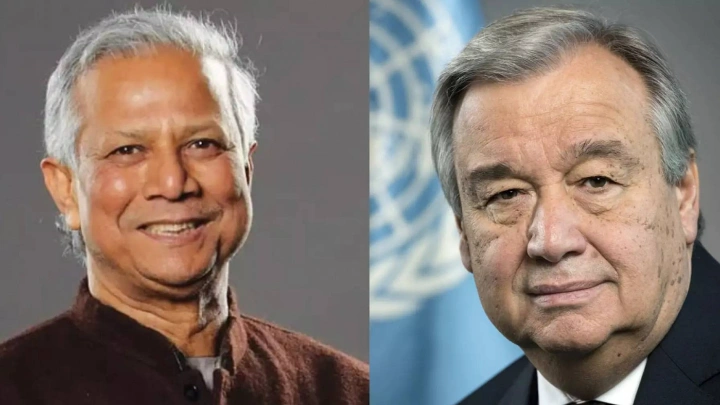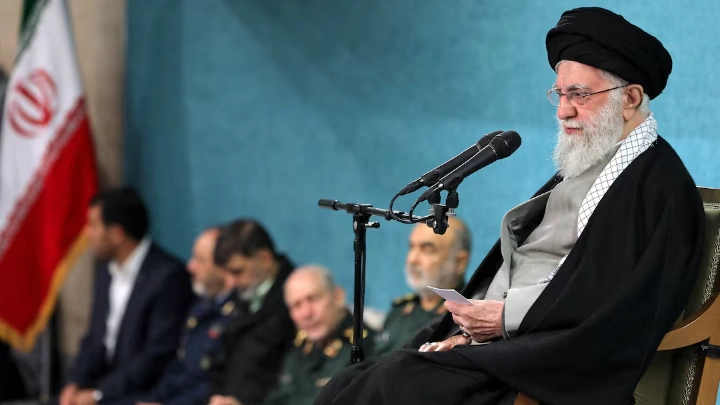Mujibnagar Smriti Saudha: A symbol of liberation war
BSS || Shining BD
Mujibnagar is historically a very important place for the swearing in of the first provisional government of Bangladesh.
At the initial stage of the War of Liberation, the government in exile of the People's Republic of Bangladesh took oath at village Baidyanathtala in Meherpur district on April 17, 1971.
Baidyanatala was renamed as Mujibnagar after the name of Bangabandhu Sheikh Mujibur Rahman.
Later, a memorial monument "Mujibnagar Smriti Saudha" was constructed to commemorate the place of oath.
Immediately after the War of Liberation, the Government of Bangladesh took initiative to make Mujibnagar memorable.
On August 31, 1973, the government gave an instruction to construct a memorial at Mujibnagar, according to Banglapedia.
During the observance of Mujibnagar Day on April 17, 1974, Syed Nazrul Islam, the acting President of the Bangladesh Government in exile during the liberation war, formally inaugurated the project.
But after 1975, the work of the project was suspended.
In 1986, initiative was taken to complete the work of the monument for which nearly Taka two crore was sanctioned. Mujibnagar Smriti Saudha was formally inaugurated on April 17, 1987.
The Mujibnagar Smriti Saudha is the symbol of liberation war and the sacrifice of the Bangalis.
This monument was erected on twenty three triangular shaped concreted pillars, and appears to be a symbol of the rising sun in its design planned by architect Tanveer Naquib.
Twenty three pillars symbolise the twenty three years of Pakistani rule and of the struggle that the Bangalis gradually unfolded during those twenty three years. The pillars are standing in a line covering half of the altar.
It was transformed into the Mujibnagar Smriti Saudha Complex by annexing new establishments like a library, a mosque and a guest house during 1996-2001. It stands on a land measuring 20.10 acres.
This complex has a mural commemorating the events of the Liberation War. Overall, the Mujibnagar Memorial, the Liberation War Memorial Complex, the historic Amrakanan (mango orchard), the six-step rose garden representing the historical six-point metaphor deserves to be considered as a living display of the liberation war in Bangladesh, according to Bangladesh National Portal.
Inside the Liberation War Memorial Complex, sculptures of some historical events during the Liberation War have been placed.
On the outside of the memorial complex are sculptures of more historic events, including Bangabandhu's historic March 7th speech, the swearing in of the Mujibnagar government and the surrender of Pakistani forces.
These sculptures, which are associated with the memory of the liberation war, will attract any witty tourist.
Many domestic, foreign tourists, journalists and researchers frequently visit Mujibnagar Smriti Saudha in Meherpur district.
Meherpur was earlier a part of Greater Kushtia district but it became a separate district in 1983.
Shining BD























